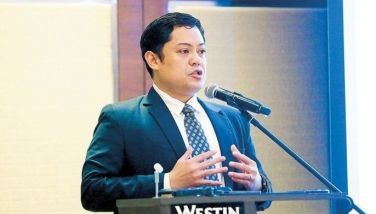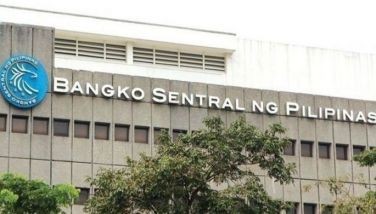Blog: Profit and Sustainability
I have personally experienced the aversion of welfare workers to the concept of profit. While teaching management analysis for the masters program of the Development Academy of the Philippines for the Doctors to the Barrio, I was evaluating initial project proposals of the students for projects. One issue that I had with some of these project proposals was sustainability. Many of the projects relied on continuing donations, funding from the national government or the local government, or grant sourcing from international aid bodies. For instance, one of the doctors from one of the far-flung provinces in Mindanao shared to the class an offer from her friend and former barrio-mate to lend the barangay clinic some medicine. I could not remember all the details of this problem, but I remember that the doctor’s friend asked that the money be returned when the medicines have been sold. The friend did not specify a timeframe for the repayment schedule. Now, this barrio was in dire need of both medicine and capital, and I asked the student what she planned to do. She shared with the class that she plans to sell the medicines at cost, and then refund the money to her friend. This may seem to be a viable idea, but one issue that I have with this is sustainability.
Another situation that was raised was about the use of the ambulance provided through the PDAF of a congressman. The ambulance was being used by the barangay to respond to emergencies. However, due to the lack of good roads in some areas of that barangay, the ambulance is always in need of repair. This is another classic dilemma in our barangays.
Now, I think the concept of profit would be helpful to improve the situation in both barangays. For the first problem, I remember suggesting to the doctor to sell the medicines provided for a profit. The aim is to use the profit to repay the benefactor, as per her request. That way, the seed money can be used to purchase medicine continuously to provide for the barangay. Eventually, the benefactor would be repaid, and the community would have a fund of money it can use to continuously sell medicine to those who need it.
For the second scenario, I suggested that the barrio charge for the use of the ambulance. The doctors told me that people would complain if charges were levied. The argument that people would say is that the ambulance was provided by a government grant channeled through the congressman, thus, use of the ambulance should be for free. The problems with this argument are the following: First, although the ambulance is free, costs associated with operating the ambulance such as driver salary, fuel and maintenance need to be covered. Second, and more importantly, if the ambulance becomes wrecked, due to an accident or to wear-and-tear, how will it be replaced? If a charging mechanism was developed, there will be a contingency fund for repairs, and if done correctly, there may even be enough funds to buy a replacement ambulance.
Profits allow for sustainability.
***
The author teaches subjects under Interdisciplinary Studies, and Finance and Accounting Department at the Ateneo de Manila University. He can be reached via email at [email protected] for queries.
- Latest
- Trending






























